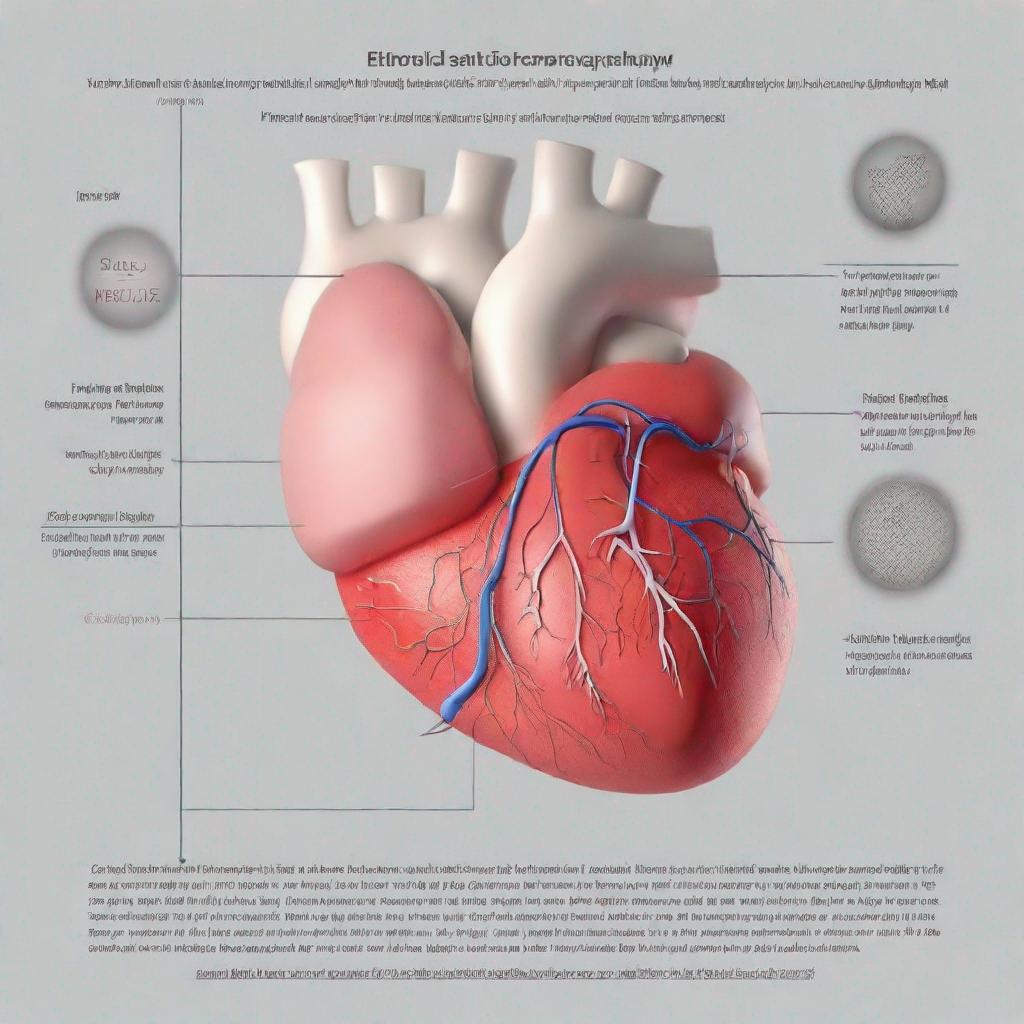## Audiometry: A Comprehensive Guide to Hearing Assessment
### Introduction
Audiometry is a medical test that assesses a person’s hearing abilities. It is an essential tool for diagnosing and monitoring various hearing disorders. This test helps determine the type, severity, and location of hearing loss, providing valuable information for treatment and management.
### Procedure
An audiometry test is performed by an audiologist or otolaryngologist (ENT specialist) in a sound-proof booth. The test involves the following steps:
– **Pure-tone audiometry:** Headphones or earphones are used to present pure tones at different frequencies and volumes. The patient indicates when they can hear the sound, establishing hearing thresholds.
– **Speech audiometry:** Patients listen to recorded speech and repeat or identify words presented at varying volumes. This assesses speech comprehension.
– **Tympanometry:** A probe is placed in the ear canal to measure the eardrum’s movement. This evaluates middle ear function.
– **Otoacoustic emissions:** A microphone is inserted into the ear canal to record sounds produced by the inner ear. This test detects hearing loss in infants and young children.
– **Auditory brainstem response:** Electrodes are placed on the head to measure the electrical activity of the auditory nerve. This test evaluates hearing pathways from the inner ear to the brainstem.
### Diagnosis
Audiometry can identify various hearing conditions, including:
– **Hearing loss:** Conductive (outer or middle ear), sensorineural (inner ear), or mixed loss
– **Deafness:** Complete or partial loss of hearing
– **Tinnitus:** Ringing or buzzing in the ears
– **Meniere’s disease:** A disorder of the inner ear causing dizziness and hearing loss
– **Otitis media:** Infection of the middle ear
– **Acoustic neuroma:** A noncancerous tumor on the auditory nerve
### Importance
Audiometry is a crucial test for early detection and diagnosis of hearing loss. Hearing loss affects millions of people globally, and early intervention can significantly improve outcomes. Audiometry helps:
– Determine the extent and type of hearing loss
– Guide treatment decisions (e.g., hearing aids, cochlear implants)
– Monitor hearing over time
– Prevent further hearing loss or complications
### Alternatives
Alternative tests for hearing assessment include:
– **Acoustic reflex testing:** Evaluates the middle ear’s response to loud sounds.
– **Vestibular assessment:** Assesses balance and dizziness disorders.
– **Electrocochleography:** Records electrical activity within the inner ear.
### Preparation
There is minimal preparation required for an audiometry test. However, it is recommended to:
– Avoid loud noises or exposure to high noise levels for 24 hours before the test.
– Remove hearing aids or earplugs during the test.
– Inform the audiologist of any recent ear infections or injuries.
### Duration
An audiometry test typically takes around 30-60 minutes to complete. Patients may wait a few days to receive the results.
### Recommendations
In conjunction with or following an audiometry test, other relevant tests may include:
– **Otoacoustic emissions:** To screen for hearing loss in newborns and infants.
– **Auditory brainstem response:** To assess hearing pathways in complex cases.
– **Speech and language assessment:** To evaluate communication abilities in individuals with hearing loss.




